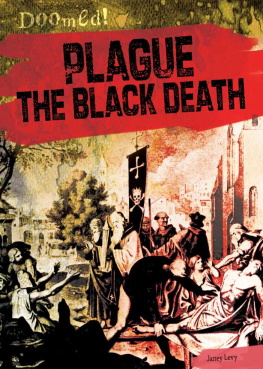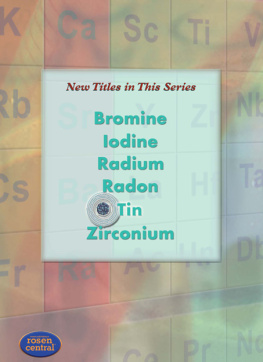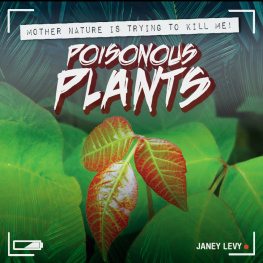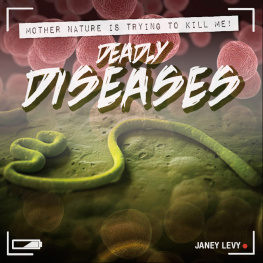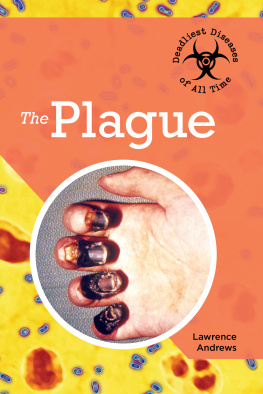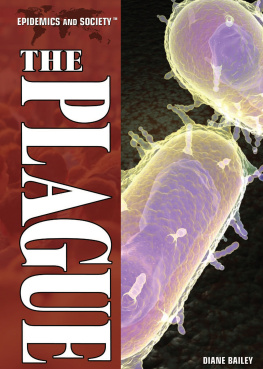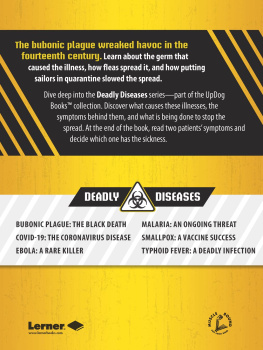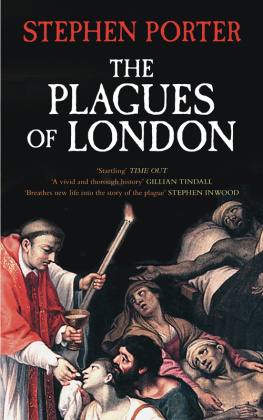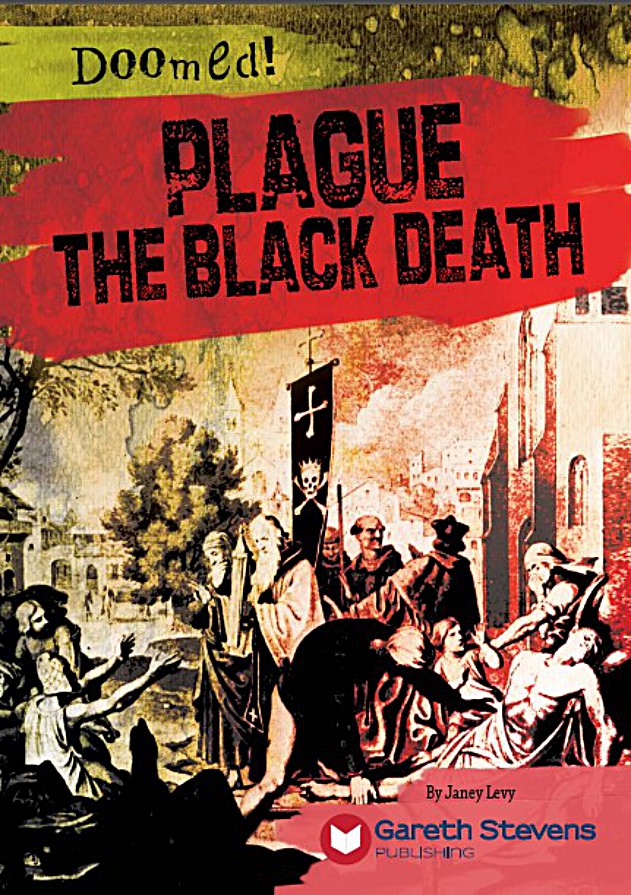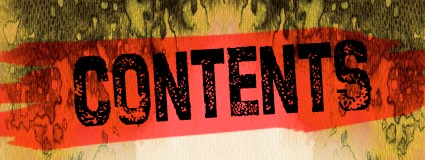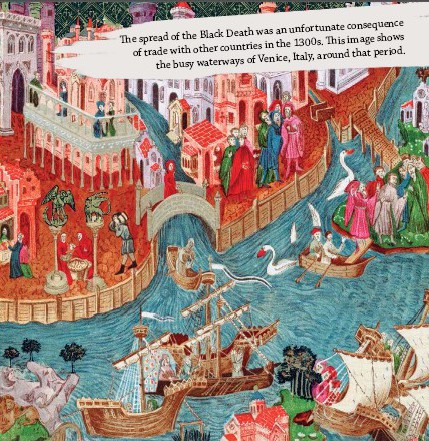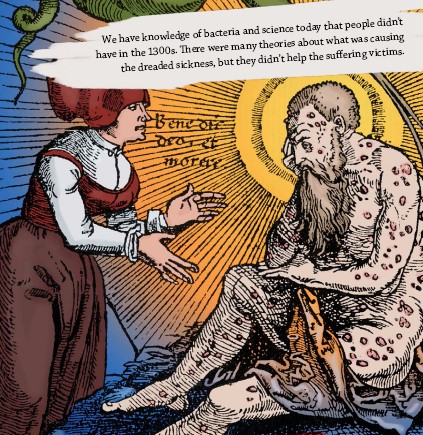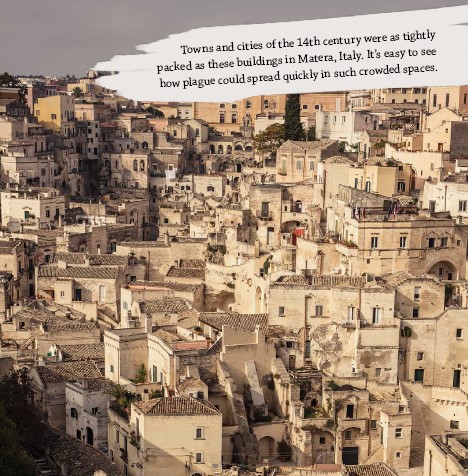Please visit our website, www.garethstevens.com . For a free color catalog of all our high-quality books, call toll free 1-800-542-2595 or fax 1-877-542-2596.
Library of Congress Cataloging-in-Publication Data
Levy, Janey.
Plague : the black death / Janey Levy.
pages cm. (Doomed!)
Includes bibliographical references and index.
ISBN 978-1-4824-2940-4 (pbk.)
ISBN 978-1-4824-2941-1 (6 pack)
ISBN 978-1-4824-2942-8 (library binding)
1. Plague. 2. Black DeathEuropeHistory. 3. Epidemics. I. Title.
RA644.P7L48 2016 614.5'732094dc23
2015012144
First Edition
Published in 2016 by
Gareth Stevens Publishing
111 East 14th Street, Suite 349
New York, NY 10003
Copyright 2016 Gareth Stevens Publishing
Designer: Katelyn E. Reynolds Editor: Therese Shea
Photo credits: Cover, pp. 1, 13 Hulton Archive/Getty Images; cover, pp. 1-32 (background texture) 501room/Shutterstock.com; pp. 5, 23 Ann Ronan Pictures/ Print Collector/Getty Images; pp. 7, 18 NYPL/Science Source/Getty Images; p. 9 Andrey Bayda/Shutterstock.com; p. 11 Leemage/Universal Images Group/Getty Images; p. 15 Master of Puppets and Alexrk2/Wikipedia.org; pp. 17, 19 DeAgostini/ Getty Images; pp. 21, 27 MOLA/Getty Images; p. 25 Photo12/UIG via Getty Images; p. 29 Michel du Cille/The Washington Post via Getty Images.
All rights reserved. No part of this book may be reproduced in any form without permission in writing from the publisher, except by a reviewer.
Printed in the United States of America
CPSIA compliance information: Batch #CS15GS: For further information contact Gareth Stevens, New York, New York at 1-800-542-2595.
Words in the glossary appear in bold type the first time they are used in the text.
Death Ships
On a fine early October day in 1347,12 Italian trading ships docked at Messina, Sicily.They were returning from the Black Sea, a keylink in Europes trade with China. A crowd hadgathered to greet them, but the mood quicklyturned to horror.
Most of the sailors on the ships were dead. Those still alive suffered high fever, vomiting , and severe pain. Black boils leaking blood and pus covered them. Alarmed officials ordered the death ships to leave, but it was too late. The death ships to leave, but it was too late. TheBlack Death had reachedEurope, and it would killtens of millions overthe next 5 years.What was theBlack Death? Wheredid it come from,and how was it ableto kill so many?Why couldnt itsspread be stopped?
The Deadly Details
The Italian ships had been toa trading post in modern-dayUkraine that was attacked. Theattacking army launched bodiesof Black Death victims into thetrading post, spreading thedisease to the sailors.
An Eyewitness from Messina
An eyewitness in Messina wrote: The infection spread to everyone who hadany cont act wit h t he diseased. Those infected felt themselves penetrated by a painthroughout their whole bodies. Then t here developed on the thighs or upper armsa boil about the size of a lentil. T his infected the whole body, and penetrated it sothat the patient violently vomited blood. This vomiting of blood continued... for threedays, there being no means of healing it, and then the patient expired.
The Disease
Today, most experts believe the Black Death was plague, which is caused by the bacterium Yersinia pestis. Y. pestis normally infects rats, which thenas nowcould be found wherever people lived. Its transmitted by fleas.
Plague occurs in three equally terrible forms: bubonic, pneumonic, and septicemic. Some believe the Black Death involved more than one form.
Bubonic plague is the most common form and the one transmitted by fleas. The symptoms, or signs, include high fever, aching limbs, vomiting blood, and buboesswollen lymph glands in the victims neck, armpits, and groin which give this form its name. The symptoms appear about 4 days after infection, and about 60 percent of people die within about 4 days after symptoms appear.
The Deadly Details
The Black Death may have gotten its name from the black boils and buboes on victims bodies. Or the name may have come from the Latin name for the disease: atra mors. Mors means death, and atra means terrible or black.
The Discovery of Yersinia Pestis
The bacterium responsible for plague wasnt discovered until about 550 yearsafter the Black Death. In 1894, a plague epidemic occurred in Hong Kong. AlexandreYer sin, a French doctor working in Southeast Asia, was sent to Hong Kong to investigate.He identified t he bacterium t hat caused the disease and, based on written accounts ofthe Black Death, identified that disease as plague. Kitasato Shibasaburo, a Japanesedoctor also working in Hong Kong, independently identified the bacterium.
Pneumonic plague can develop from bubonic plague if the bacteria spread to the lungs. Its the most serious form of the disease and the only one that can be spread from person to person, much like a cold can be spread. Symptoms include fever, headache, weakness, difficulty breathing, chest pain, cough, and bloody or watery mucus . Pneumonic plague is almost 100 percent fatal, and victims may die within hours of infection.
Septicemic plague attacks the blood andcan develop from untreated bubonic plague.Symptoms include fever, chills, extremeweakness, stomach pain, and possibly bleedinginto the skin and other organs. Skin and othertissues of the body mayturn black and die,especially onfingers, toes,and the nose.Like pneumonicplague, itsalmost 100percent fatal.
The Deadly Details
If a victim of bubonic plague lived long enoughand many didnttheir buboes would burst and spurt out pus. This was extremely painful, and accounts describe victims leaping from their bed and screaming in pain.
Witnesses to the Horror
Several 14th-century accounts describe how easily t he disease seemed to spread.One doctor wrote that death occurs when the aerial spirit escaping from the eyes ofthe sick man strikes the healthy person standing near and looking at the sick. Italianauthor Giovanni Boccaccio wrote: To speak to or go near the sick brought infection anda common death to the living;... to touch the clothes or any t hing else the sick hadtouched or worn gave the disease to the person touching.
The Black DeathsJourney to Europe
The Black Death erupted in the 1330s somewhere in Asia, either in China or in the region now occupied largely by Kazakhstan. It was carried west along trade routes or with the Mongol army. By 1346, it had reached the region of Crimea in modern-day Ukraine, where it attacked the Mongol army. It spread to the Italian trading post there and infected sailors.

